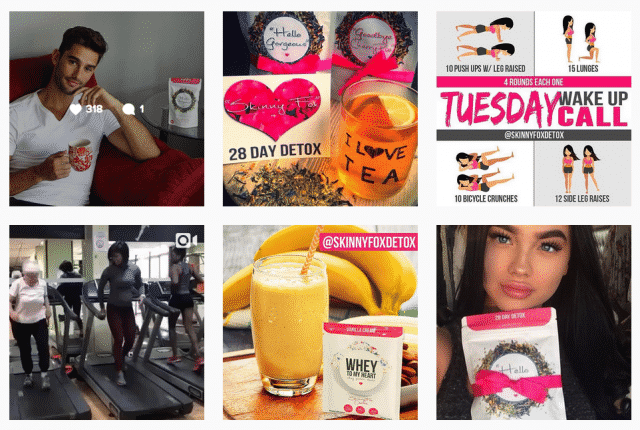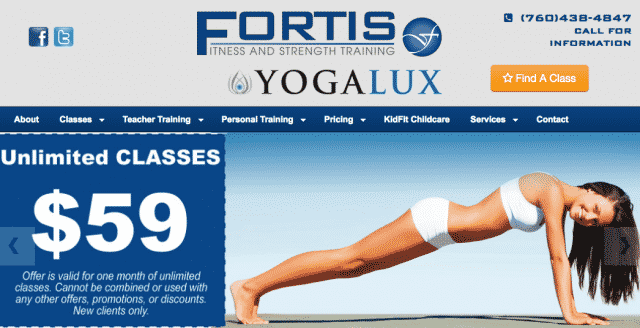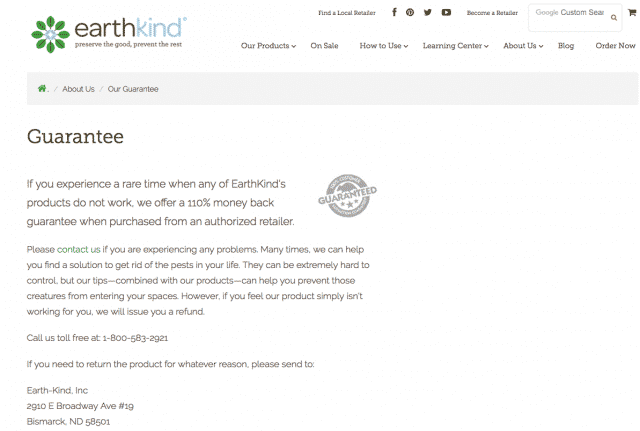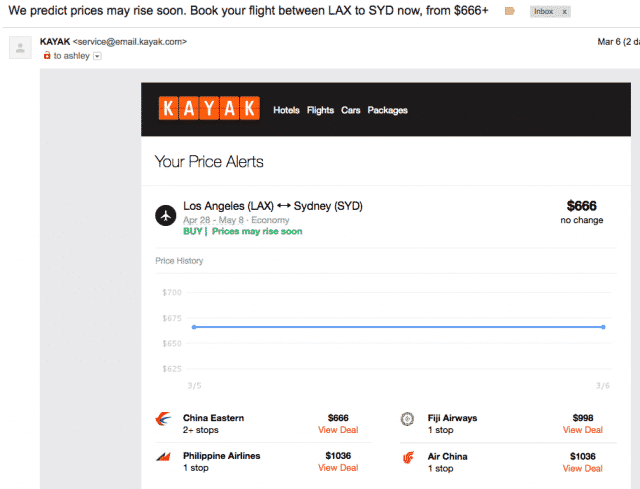What makes a customer want to buy a product? What makes them become loyal to a brand? Consumer behavior is incredibly interesting, and sometimes the answers are a lot simpler than us marketers make them out to be.
A lot of a consumer’s purchase decisions can be explained by their psychological habits and behaviors – why and how they think. Consumers become attracted to specific products over others due to things like the color of the product, the packaging and design, and how the product is displayed. Understanding your demographics psychological behaviors will allow you to create better products and marketing strategies.
It’s up to us marketers to research, produce, and respond to these behaviors. How so? Glad you asked! Let’s look at how we can back everyday marketing efforts with simple psychological traits.
Popularity: Show the Consumer How Popular Your Brand Is
People want to work with and buy the best. Even if they don’t always want to pay full price, people are more inclined to invest a little bit more coin out of their pocket if they know they’re buying from the best of the best. They’re also more likely to chose one brand over the other if all of their friends buy from that brand.
How can you show that your product or service is the best? One way is through social influencers. Send samples of your products to people who have a following on social media sites like YouTube or Instagram and ask them to review the product. You can also give demos of a service to bloggers, asking them to write a post review in exchange for the free demo.
The infamous Skinny Fox Detox teas uses social influencers on a regular basis to gain brand popularity.
By sending their product to “Instagram Stars”, people who have a large following on Instagram and have become social media famous, Skinny Fox Detox was able to immediately increase their product’s reach to a large following. These Instagram celebrities would take a photo or video of themselves using the product, a tea, and post it on their Instagram profile.
Followers would see these photos in their feeds and and then become interested in the product. Even Khloe Kardashian posted a tea photo to her millions of followers. The Kardashian fan base, who respects Khloe, was immediately impressed and intrigued with this product – making them think that the product has more value than if it was a standalone product they stumbled upon on the internet.
By sending the product to a variety of Instagram stars, Skinny Fox Detox was able to reach not only their demographic, but past it to expand their customer base. They were also able to convince new and potential customers that their product was popular, making it more enticing to buy.
Play on Words: Stop Using Boring Call to Actions
Consumers have become numb to the generalized call to action buttons like “submit”, “download”, and “learn more”. In order to increase conversions and make people want to click, you need to adjust the call to action wording and speak to intent. Relate to emotion with these call to action buttons, answer questions, and show the future.
You don’t have to be a fortune teller to accomplish this, but you do need to think outside of the box and think like the consumer. What are their goals? How can you help them accomplish them with your product or service? What do the actions before a consumer clicks and after they click look like?
For example, Fortis Yogalux, a group fitness and yoga studio, does a great job taking on this psychological initiative with the call to action button on their homepage.
People who go to their website are looking for more information about their fitness classes. One of the biggest obstacles studios like Fortis Yogalux face is people complaining about the availability of their class schedule. So, they put their class schedule right smack on the homepage with the “Find a Class” button on the top right. Once people click on the button and see the large variety of classes and class times they have, people feel more confident signing up.
They are addressing a consumer’s primary concern immediately and saying, “Hey, we hear you and understand you”. This is a huge psychological trick marketers can use to encourage people to click and convert.
Address the Emotional Mindset, Not the Logical One
Humans make a majority of their decisions based on emotions. I’d like to claim that I represent the small category that thinks logically and cannot make a decision without knowing 100% of every stat and bit of information beforehand, but that’s not 100% accurate. It’s easy to toss out all of the facts once an emotional connection has been made. This is especially true for consumer buying.
If a consumer has an emotional connection, a bond with a company, they’re more likely to remain loyal to that brand. Unless of course the emotion is anger. An angry consumer can only identify with brands who understand their frustrations and provide a resolution to their anger.
Let’s look at the a few emotions consumers identify with and why:
- Nervousness: Big purchases can make a consumer feel nervous. This will delay the purchase process and in some cases post-pone the purchase entirely if the emotion is not addressed. If you’re product or service is “high-end”, as in high dollar amount, or has a lot of competition spend more time addressing consumer concerns. Offer money back guarantees or have a forgiving refund policy to address the nervous emotion and provide confidence with the consumer.
- Happiness: Everyone desires to be “happy”. Though not everyone knows what that looks like. As a brand, you need to know what it looks like and how your brand can provide it. How is your product or service going to make the consumer feel happy? It can be as simple as the buying experience. If you’re able to provide a positive buying experience for the consumer, one without any headaches and is quick / easy, you’re connecting to the happy emotion. Saving time, money, and talking to overly-kind people can make a consumer feel happy. They will identify with this and be more inclined to recommend you to friends and family.
- Sadness: We’ve all seen the ASPCA commercials, right? The ones where you can’t even get through the whole commercial without tears coming down as you grab for your wallet. These commercials are designed to make the viewer feel sad, very sad. The brand is able to capitalize on that emotion by showing animals and pets who are abused, scared, and injured. In return, viewers feel inclined to do something, they want to know how they can help these helpless animals. That’s about the time during the commercial that the “Donate Now” text comes on the screen with their phone number and website URL in large font.
Provide a Sense of Urgency
Nothing is more frustrating than missing out on a great airfare price because you waited one day too late. Travel websites are notorious for providing a sense of urgency because their rates can change as fast as minute-by-minute. Take Kayak.com for example, a one-stop travel solution that compares prices from multiple travel companies.
For the past three days, I have been getting emails like this from Kayak. Why? They have a price alert program that is designed to encourage users to buy based on price increase and decrease predictions. Is it accurate? I have no idea, but these emails sure are making me nervous that if I don’t book a flight soon, I’m going to miss out on a great deal and end up paying more for the same service.
The funny part of this is that when you open up the email it actually shows a graph displaying no change in price over the last 24-hours. But, it has a green BUY | Prices may rise soon headline. Yet, I still feel that if I don’t buy today, I’m going to miss out. The sense of urgency is felt and makes me feel the need to buy.
The email subject line is key to this psychological strategy.
We predict prices may rise soon.
Book your flight between LAX to SYD now, from $666+
The keywords here are “We” and “Predict”. Kayak is a very, very large company. They are up there with the big boys like Orbitz and Travelocity when it comes to travel. So, as a consumer, I actually trust and value their opinion. If their price alert program predicts prices are going to rise soon, I feel inclined to trust them, and even more inclined to buy that ticket asap.
Find ways to create a sense of urgency in your messaging, whether you have a price alert tool or an email strategy to inform subscribers that a deal is about to expire.




